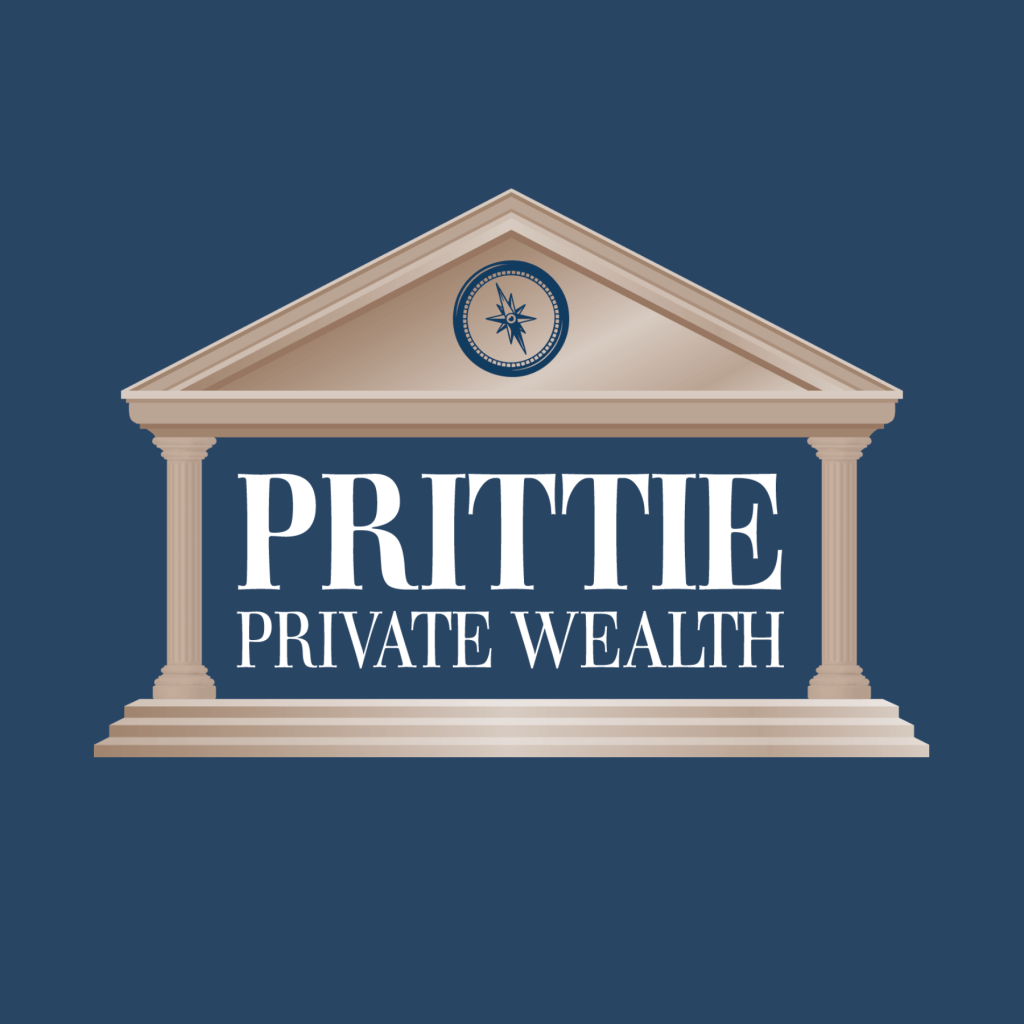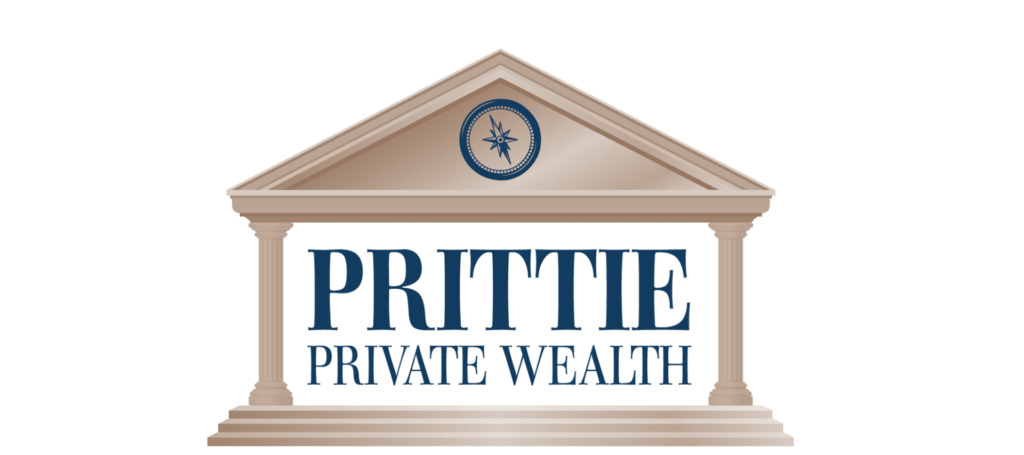Plan – Train – Win

Whether interested in running a marathon, learning a new language or becoming wealthy; all require planning and the equivalent of training to achieve the desired goal. All things worth achieving take effort and commitment.
While I am not qualified to speak on all the above, I certainly have the qualifications and knowledge to address wealth creation. There are three main elements that affect your wealth once you decide that it is a goal; Time, Taxes and Returns. However, the greatest one of all is not listed. It is Behavior. After all, if you don’t invest and if you don’t weather the cycles well, then you won’t have success. No different than training for a marathon. If you don’t run regularly even when you don’t feel like it, such as when it’s raining or worse in winter, then you very likely won’t put in the time and effort required to pass the finish line.
Let’s address this in a little more detail:
Time is critical and many simply give up after five to ten years of not seeing enough growth in an investment account. Maybe it was a lackluster economic period or perhaps one or more of the allocated investments performed poorly during this time. Another factor about time is that the average investor knows little about how compounding works. Someone delaying an investment program of $500 per month compounding at say 6% by one-year costs them far, far more than the $6,000 during the first year. This is because in year 34 the account would be worth $665,116, but in year 35 (the extra year) it would be worth $712,335. Deferring by one year $6,000 (or in reality spending) incurred an opportunity cost of $47,217 at the harvest end. By the way, a return compounded at 8% makes the lost opportunity $93,648.
Taxes. This is a big item for discussion these days and has a massive impact on long term returns. If you are earning between $55,000 and $111,000, you will pay a 31% marginal tax rate. This means if you invest in interest producing investments, you will lose 31% of your return and severely impact the compounding over the life span of the program. Throw in the oft mentioned but rarely successful market timing and you cause sells which can trigger taxes and adds costs/decreases return. Hence, it’s best to utilize TFSA and RRSP accounts for income producing investments and invest in proven, high quality growth stocks in a non- registered account so you can defer your tax liability until such time you harvest the profits. Think Berkshire Hathaway, McDonalds, VISA and Microsoft or Canadian powerhouses Brookfield Asset Management and banks as examples that have generated large returns over time.
Return. As mentioned above, this is very important. We are all witnessing firsthand how inflation affects purchasing power and lifestyle. It’s critical to achieve a return on investment that is above the average rate of inflation in order to not only stay ahead of it but to create and maintain additional wealth. If inflation has averaged 3% over the last 50 years, you would have required a rate of return of at least 5% because after taxes at 31% on interest you would still be just barely ahead of inflation. Not much to brag about! Thus, calculating the net return takes into account both inflation and taxes. Historically a return expectation of 6% is reasonable in a balanced portfolio of say 30%-40% fixed income and the balance in quality stocks. This is especially true if private fixed or income-oriented investments are added to the income sleave. Increasing the stock component, especially including foreign names like those above have proven more profitable. It is possible to achieve positive returns over time with a solid stock portfolio. Not every year mind you, but over multiple years if not decades. That why we say stocks are in the long-term silo (10+ years) as opposed to the medium term or short-term silo. That is what long term investing is all about. It’s not a fad diet or a ¼ mile drag race. It begins with a solid written plan incorporating many facets with historical projections to allow you to achieve the income or capital desired in retirement. If one achieved 8% returns the above example would produce $1,146,941 over 35 years instead of $712,335. An additional $434,586. Big money from age 30 to age 65 or age 25 to age 60 – your choice! Imagine the extra retirement income this brings at a withdrawal rate of say 5%. The earlier you begin and the more committed you are, the greater your success.
Behavior None of the above matters much if you cannot commit to a regular disciplined investment approach. Training (mental/emotional) is key in understanding and weathering the inevitable economic cycles that will occur over time. This is so you don’t let your emotions corrode the framework for investment success. Too many investors exit during the tough times when markets decline. The Global Financial Crisis and Covid provided real and recent examples we all witnessed and came with “peak to trough declines” of about 50% and 30% respectively. However, both were short lived and those who committed to staying invested or better yet, bought more investments at then discount prices. The latter were the real winners. This is proven time and time again and illustrates why time in the market and behavior are so important. The US market has trounced the Canadian stock market for several decades now. However, did you know that the Dow Jones industrial average had a -7.74% average annual return (excluding dividends) for the ten years ended 1982, but averaged +7.78% annually for next 10 years ended 1992? This is two entirely different experiences, and is why time in the market versus timing the market is critical as is geographic and asset class diversification. Add in Private Investments and you have a solid foundation over time for sound success. Fund it properly to meet your desired end objectives (whether a large purchase or a large income stream) and you put the odds in your favor to become wealthy. This last part ties into the proven thesis of investing 10% of all you earn and live on the rest.
My predecessor always espoused that almost anyone could be a millionaire. While a million dollars may not hold the cache it did 40 years ago, a million is better than not. Another way to have much more is to increase your contribution by the rate of inflation each year. Given our example of $500 per month, if inflation were 4% in 2024, you would increase your monthly savings to $520 per month in January 2025. This would account for inflation and auto adjust your future capital to “after inflation” amounts. Not hard and the million you envisioned would be worth much more than one million but still have the purchasing power of a million dollars today. Win-Win. Not as much time? Invest more money or add more equity to boost the potential returns. Some may need both. It’s always a combination of the same three ingredients and the recipe is within the written financial plan and tailored to your situation.
I will strategically allocate your funds into well-established, proven investments. I will figure out the composition of each and the account type. I will utilize proven tax strategies and many other effective methods that will work to boost and maintain wealth. It all starts with a long-term commitment and the emotional behavior to achieve what most cannot – adhering to the plan and staying invested in good and bad times. Investment management and wealth creation is simple – but not easy. I can do everything but put in the money for you😊
Adam








